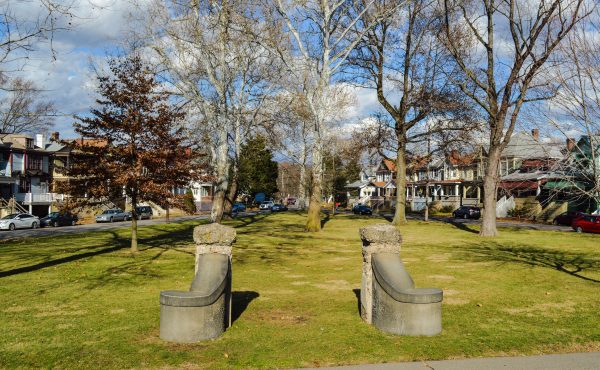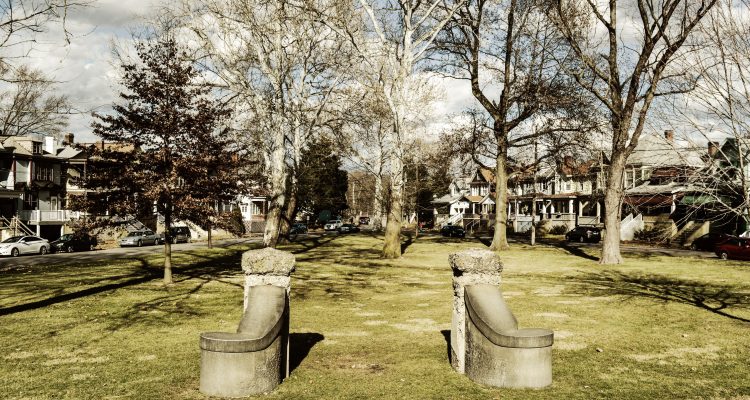One year.
There is one year remaining in Andy McKenzie’s tenure as mayor of Wheeling, and all six ward positions will come available as well when the Friendly City stages its municipal elections in May 2016.
At this time local voters know a few facts about this particular Election Day:
- Mayor McKenzie will be term-limited after serving eight years in council’s lead role.
- Ward One council member Gloria Delbrugge does not plan to run for a fourth term representing Warwood, Clearview, North Park, and a portion of North Wheeling.
- Ward Three council member Robert “Herk” Henry also has decided to retire after more than 20 years of service to East Wheeling, Center Wheeling, South Wheeling, and Mozart.
- The remaining council members, Ken Imer (Ward Two), David Miller (Ward Four), Don Atkinson (Ward Five), and Gene Fahey (Ward Six) have yet to make their intentions known.
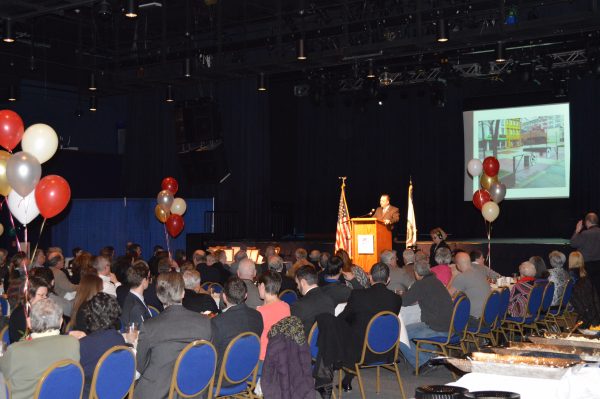
Progress has been realized during McKenzie’s watch thanks to tough decisions and a proactive approach. He and his council have accomplished the following: expanded the use of Home Rule; reined in owners of vacant buildings; right-sized city government; initiated the construction of a long overdue water treatment plant; orchestrated the construction of the J.B. Chambers Recreation Park in East Wheeling that erased the most blighted two-block area in the municipality; and addressed capital improvements inside and outside of Wesbanco Arena.
But that does not mean issues do not exist today. For example:
- Ward One – Traffic, vandalism, maintenance of recreational facilities, and the construction of new tennis courts all will be issues for the citizens of these sections of Wheeling. While the popularity of tennis has waned in recent years, the citizens of Warwood continued playing, and they will expect the city to live up to the promise of providing the courts again when the construction of the water treatment plant is complete.
- Ward Two – It is a pivotal time for the Wheeling Island, downtown, and Fulton sections of Wheeling as several organizations have been investing time and resources to spur new development in all of these areas. The downtown area has been the focus because it’s well known that a city is measured by these business districts, but the Wheeling Island and Fulton neighborhoods have continued to become areas for more renting residents than home-owning voters.
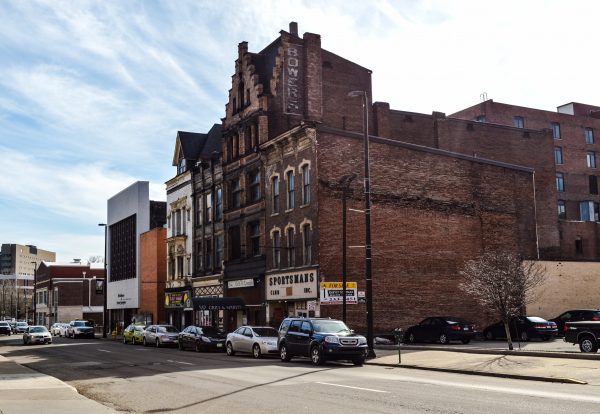
- Ward Three – While a rebirth of sorts has been taking place in the East Wheeling and Center Wheeling areas over the past eight years, the residents in South Wheeling are now addressing that neighborhood’s future. Historical buildings are being identified; business growth has taken place thanks to Kalkreuth and Panhandle Cleaning and Restoration; and residents have been standing up against criminal activity.

- Ward Four – For many years the Woodsdale, Edgwood, and Pleasanton neighborhoods have been the desired residential areas of Wheeling, but with the average age of Friendly City residents now in the late 40s the future of them remains uncertain at this time.
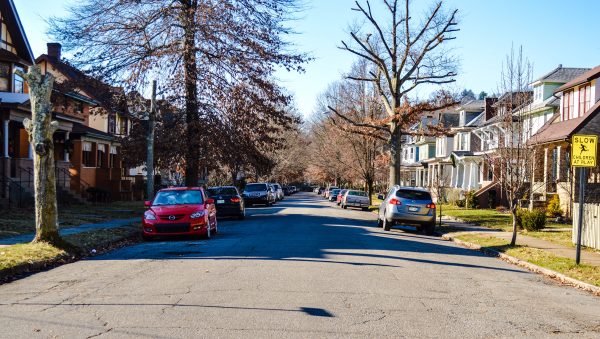
- Ward Five – While the crime rate “Out the Pike” has remained very low, large areas of this ward rest within the federal government’s new flood zones because of the flow of Big Wheeling Creek. Many residents in the Dimmeydale and Valley View Avenue areas were flash flooded 11 years ago, but the new premium rates may endanger the future of several residential properties.
- Ward Six – Traffic, the maintenance of recreational facilities and what happens with the historic Monument Place Bridge will all be primary issues for the residents of Elm Grove for the next several years. Funding issues, officials of the state Division of Highways have insisted, have delayed the construction of a new intersection at U.S. 40 and Kruger Street, and the 198-year-old span needs attention sooner rather than later.
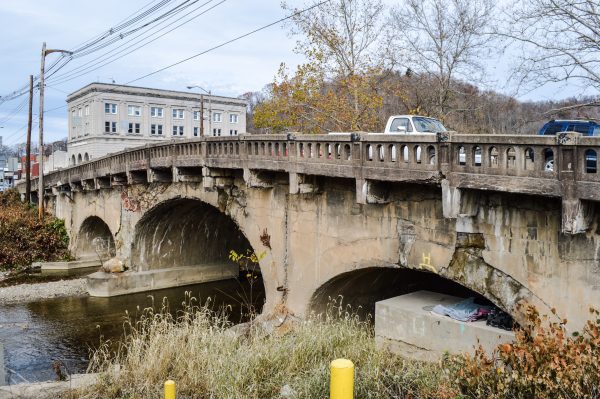
- Mayor – McKenzie has approached this part-time position with a full-time attitude since deciding to leave the West Virginia Senate after 12 years as a state lawmaker. He and his council have not avoided several difficult issues and needs, including the repeal of the two-officer-per-cruiser ordinance, the erasing of a plethora of fees and business permits, and the municipality’s fragile, century-old infrastructure. Wheeling’s next mayor likely will need to continue concentrating on the re-development of the downtown district, but he or she also will need to address the demands in all wards while keeping both eyes on the bottom line. A review of the City Charter, one goal on McKenzie’s wish list when first elected he did not accomplish in his first seven years, also is needed as the last revamp was implemented in 1992.
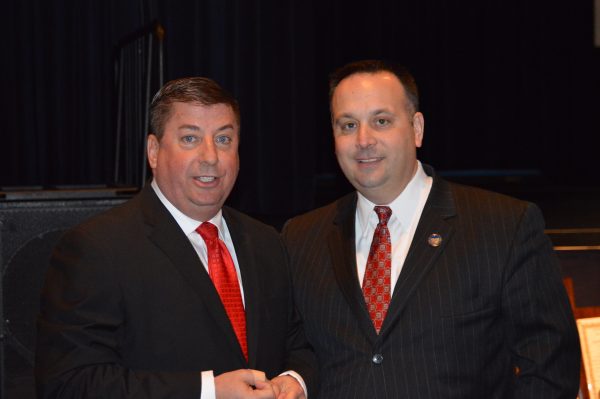
Many organizations are staring straight at Wheeling right now because of the forward movement that has transpired during the past 10 years. Those groups are wondering how members of all generations have worked together to provoke entrepreneurialism and to retain and attract more young people.
Those residents currently contemplating a campaign for a council position or for mayor need to recognize that the job requires much more than attending a pair of regular meetings per month. Each council representative also is appointed by the mayor to two committees that meet as necessary, and they are also expected to attend as many functions as possible connected to the present and future of the Friendly City.
The times for the regular meetings also may create challenges for some as council convenes at noon the first Tuesday of each month and at 5:30 p.m. on the third Tuesday. The committee meetings often are scheduled during the lunch hour, as well.
And there’s one more aspect for all interested parties to realize and consider – the compensation for serving on council amounts to $250 after taxes every two weeks, and the mayor’s net pay equals $300 per check or $4,000 annually.
“It’s not about the money; trust me,” said Atkinson. “But it is about Wheeling and what will happen in the future. If there are folks out there who want to do something about the future, they should consider running.”
